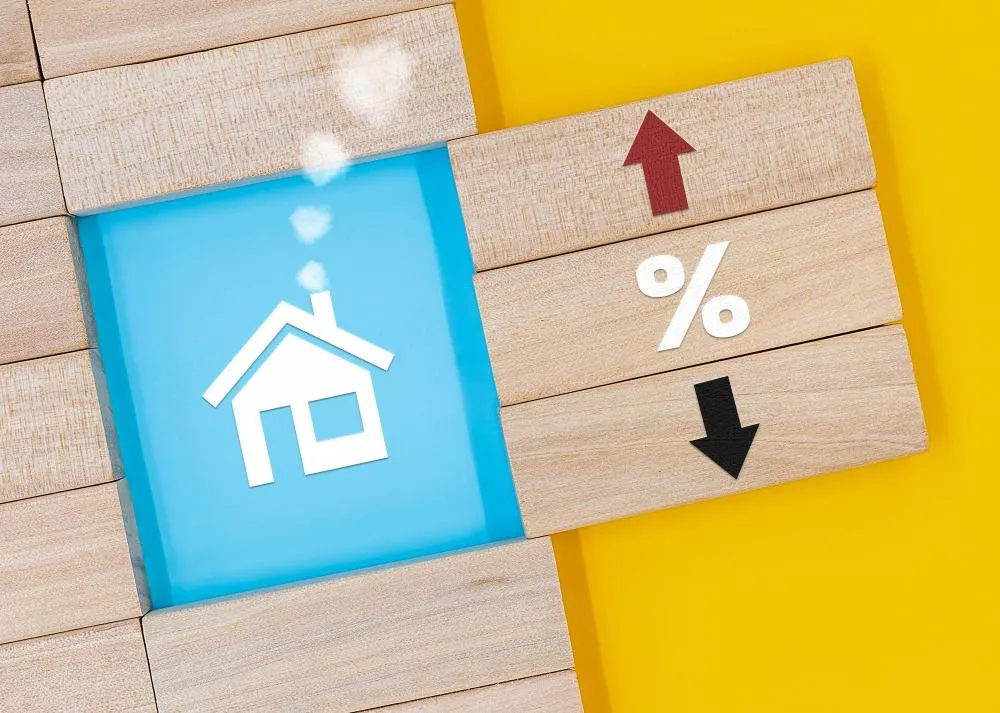
Understanding Dwelling Endorsements
Disclaimer: The content on our blog is intended for general informational and educational purposes only and should not be considered a substitute for professional advice. Insurance needs vary widely, and because insurance companies and policies differ, readers should consult with their insurance agent for personalized guidance. While we strive for accuracy and regularly update our content, we cannot guarantee its completeness or timeliness. HonestFlow is not responsible for any actions taken on insurance policies based on the information provided on our blog.

In home insurance, Dwelling Coverage (Coverage A) helps cover the cost of repairing or rebuilding your home's structure if it's damaged by a covered peril. To determine the right amount of Dwelling Coverage, insurance agents often suggest considering the total estimated cost to rebuild your property in the event of a complete loss due to a covered peril. This estimate, known as the Replacement Cost Estimate (RCE), is a key factor in setting Dwelling Coverage limits. However, the RCE is not static; it can vary due to a range of factors, some within your control and others not. This blog will explore how the RCE might change, the role of dwelling endorsements in increasing coverage for such changes, and how HonestFlow can help you find suitable dwelling coverage options.
Why Extend Dwelling Coverage?
The Replacement Cost Estimate (RCE) can fluctuate due to various factors, both within and beyond your control. For example, renovations like upgrading a kitchen with modern, high-end materials or adding new structures such as a deck can increase the cost to replace your home, potentially requiring an adjustment in your dwelling coverage to reflect the higher replacement costs. External influences, such as rising material costs, like the spike in lumber prices during the COVID-19 pandemic, or increased labor costs due to regional shortages, can also drive up rebuilding expenses. Broader economic changes, including inflation, can further elevate building costs, which may prompt the need for updated coverage. It’s crucial to consider these factors when reviewing your home insurance, as your policy may not automatically adjust to cover increased repair costs. For more information on how rebuilding costs can change, visit our "How the RCE Can Change" blog.
Consequences of RCE Changes

It's crucial to understand that the RCE can fluctuate, and since insurance policies only cover up to the stated limits, policyholders are financially responsible for costs that exceed these limits. Repair costs for a home's structure can be significant, and if dwelling coverage does not account for increased building costs, policyholders may be responsible for hefty repair costs if their home is destroyed by a covered loss.
Fortunately, many home insurance companies offer endorsements to increase the level of dwelling coverage to account for unexpected changes to the replacement cost estimate. Each insurance company offers different endorsements, which highlights the benefits of shopping for quotes, as you may find better options with one carrier than another. The following section will highlight three common dwelling endorsements and their potential benefits.
Common Dwelling Endorsements
Guaranteed Replacement Cost: This endorsement can cover the full repair costs of rebuilding your dwelling after a loss, even if the amount exceeds your policy's stated dwelling limits. This endorsement can be beneficial in regions where construction costs can surge unpredictably, such as after natural disasters. However, not every insurer offers this endorsement, and it may come with certain conditions, like requiring the home to be insured to its full replacement value before applying this endorsement.
Additional Replacement Cost: This endorsement extends your coverage by a specified percentage over the policy's dwelling coverage limit, typically an additional 25%. For example, if a home insurance policy has a dwelling limit of $400,000, with the 25% additional replacement cost endorsement, this policy would provide a total of $500,000 in dwelling coverage should the costs exceed your base policy limit. However, any costs exceeding this extended limit would still be the homeowner's responsibility.
Inflation Guard Endorsement: The Inflation Guard Endorsement increases your dwelling coverage limit by a certain percentage, typically 2% to 8% each year, helping your coverage keep pace with inflation and rising construction costs. This adjustment is often based on regional construction cost trends or a fixed rate determined by the insurer. This can be useful for long-term homeowners who might not frequently review or adjust their policy limits.
Raising Dwelling Coverage vs. Dwelling Endorsements
When considering how to best adapt your dwelling coverage to rising building costs, there are generally two options: directly increasing the dwelling coverage limit or applying dwelling endorsements. Each option has its merits, but endorsements often offer added peace of mind and can be more cost-effective than solely raising the coverage limit.
Peace of Mind: Homeowners seeking the most comprehensive protection may prefer the Guaranteed Replacement Cost endorsement. This can provide a significant safety net, covering repair costs exceeding the policy's dwelling limit. However, it is important to consider the conditions and costs associated with this endorsement.
Cost Savings: Some dwelling endorsements can be cost-efficient. For instance, the Additional Replacement Cost endorsement typically adds an additional 25% to your dwelling coverage limit. If your initial dwelling limit is $400,000, this endorsement would increase your total coverage to $500,000. Achieving the same coverage increase by adjusting the dwelling limit alone might result in a higher premium increase than utilizing this endorsement.
At HonestFlow, while we do not represent any insurance company directly and cannot guarantee specific cost savings, we emphasize the importance of consulting with insurance agents. Insurance agents can provide personalized coverage recommendations and help identify the most effective and economical options for protecting your home.
Solutions with HonestFlow
Whether you are exploring home insurance for the first time or considering a policy change, HonestFlow connects insurance shoppers with verified agents who can identify beneficial dwelling endorsements and tailor coverage options to your specific needs. With HonestFlow, you have the flexibility to choose how many agents you receive quotes from, providing a personalized and controlled shopping experience. Additionally, HonestFlow shoppers receive our exclusive shopping tools, including our "Questions to Consider" guide, to help navigate coverage options with your agents. If you're in the market for home insurance or considering a change, request home insurance quotes with HonestFlow!

Questions To Consider - Dwelling Endorsements
At HonestFlow, we believe that selecting the best insurance policy goes beyond finding the lowest premium; it's about getting the right coverage for the best rate and understanding what your policy actually covers. HonestFlow shoppers receive our exclusive "Questions To Consider" guide after completing their quote request. Below, we've listed several questions to consider regarding dwelling endorsements. If you're ready to find home insurance quotes and receive our "Questions To Consider" guide, request home insurance quotes with HonestFlow!
1. Does your insurance company offer endorsements to increase dwelling coverage?
Ask for a breakdown of different endorsements that can be added to enhance dwelling coverage, such as extended replacement cost or guaranteed replacement cost.
2. How do these endorsements modify the standard coverage?
Request detailed explanations on how each endorsement changes or supplements the base policy.
3. What are the exclusions and limitations of these endorsements?
Understand what is not covered by these additional endorsements. For instance, ask if specific types of damages or circumstances are excluded.
4. How much will these endorsements cost?
Discuss the additional cost of each endorsement, including how they will affect your overall premium and deductible.
5. How often should I review and possibly adjust these endorsements?
Find out how frequently you should reassess your coverage needs, especially after major home improvements or changes in local building costs.
6. What is the process for updating or changing endorsements if my needs change?
Find out how to add, remove, or adjust these endorsements as your coverage needs evolve.
©️ 2024 HonestFlow LLC. All Rights Reserved

